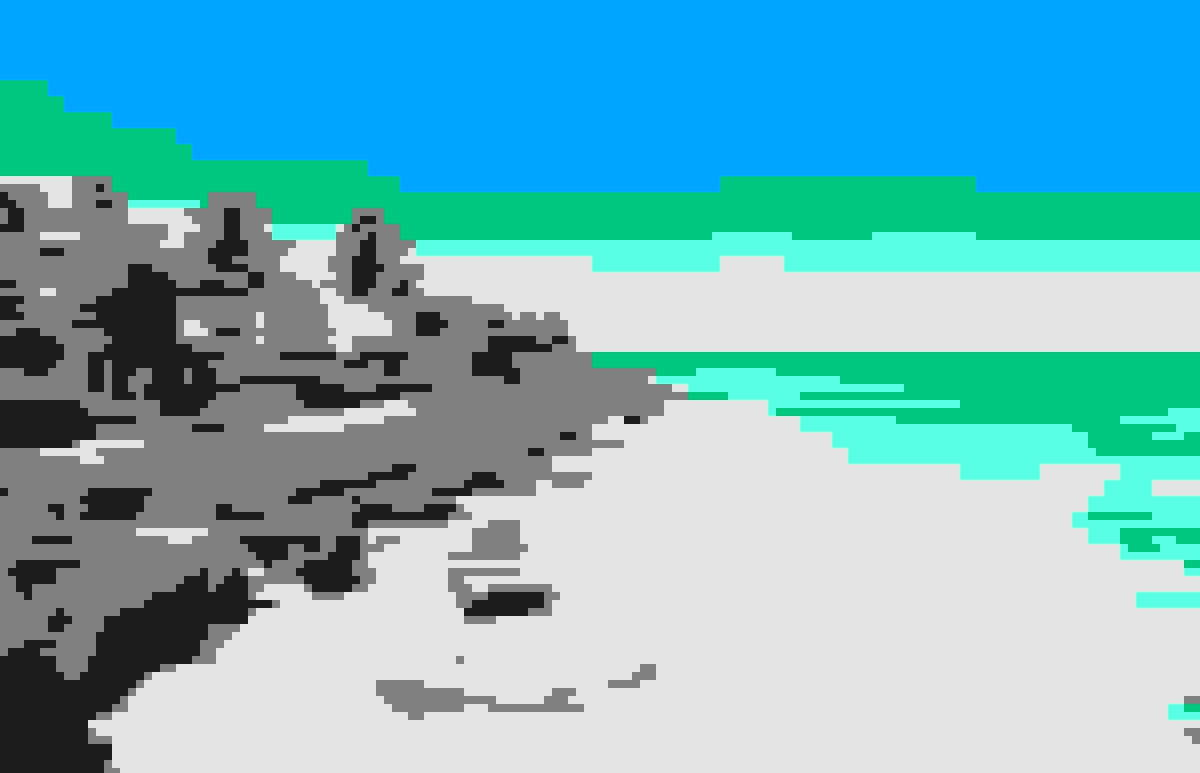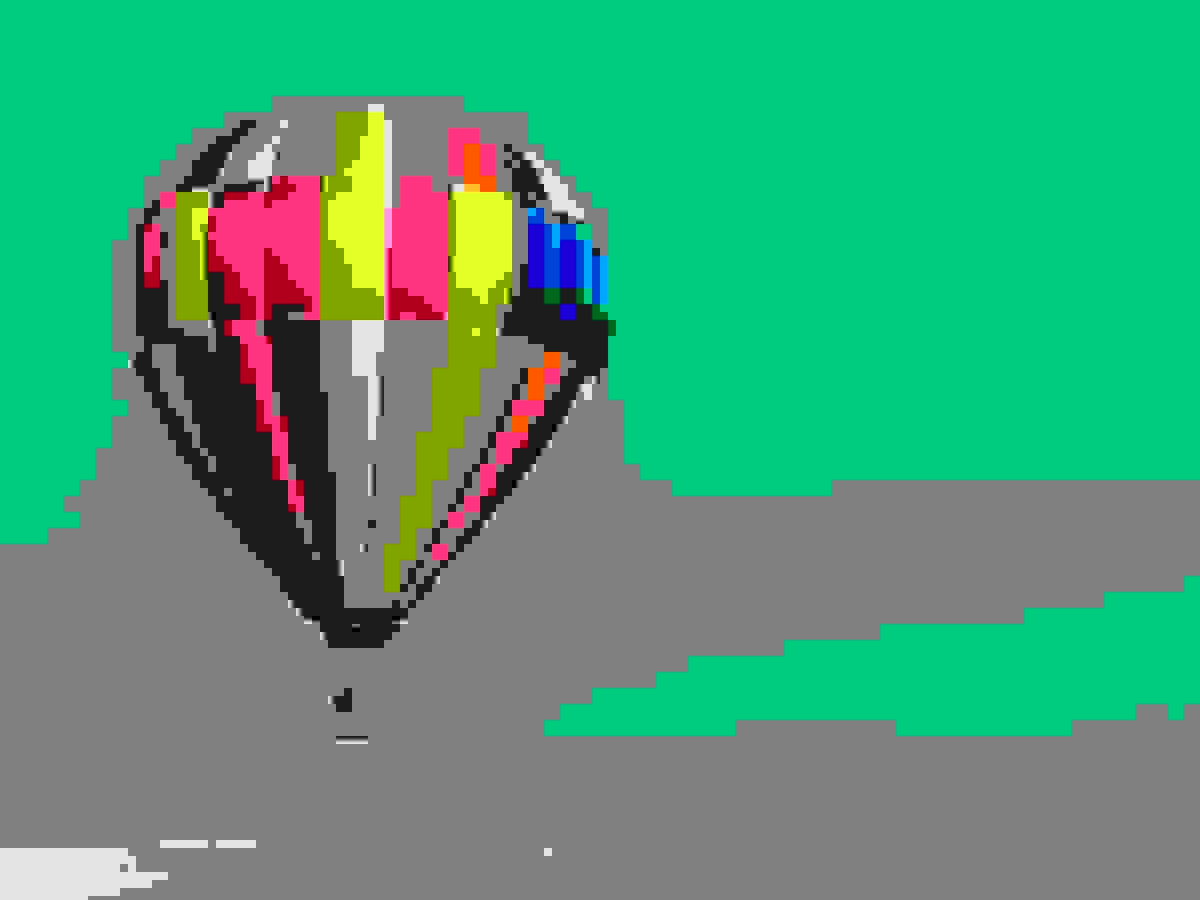

Ngorongoro Crater
Ngorongoro Crater: A Journey into Tanzania’s Natural Wonder
Unraveling the Ngorongoro Crater’s Geological Marvel
The Largest Unbroken Caldera on Earth
The Ngorongoro Crater, formed approximately 2.5 million years ago, stands as the world's largest unbroken caldera, a monumental remnant of a once-mighty volcano. The collapse of this ancient giant created a natural amphitheater, now teeming with life. This remarkable geological formation is not just a natural wonder but a thriving ecosystem supporting thousands of animals.
Spectacular Views and Biodiversity
Descending into the Ngorongoro Crater is akin to entering a wildlife paradise. The steep, winding roads leading down the crater's rim offer breathtaking views that grow more spectacular as you approach the crater floor. Within this contained area, you will find an astonishing concentration of wildlife, from elephants to antelope, and from warthogs to the rare black rhino. The diverse habitats, including grasslands, acacia forests, and Lake Magadi, host a variety of species, making every safari in the crater an unforgettable experience.
The Abundance of Wildlife in a Compact Area
Elephants, Big Cats, and Rare Species
The Ngorongoro Crater is a haven for wildlife enthusiasts, offering sightings of some of Africa's most iconic animals. Among the crater's residents are elephants, known for their imposing presence, and big cats like lions, cheetahs, and leopards. The crater is one of the few places in Tanzania where visitors can observe the critically endangered black rhino in its natural habitat. Additionally, the area is home to elusive species such as leopards, adding an element of excitement to every game drive.
Lake Magadi: A Hub of Avian Activity
Lake Magadi, situated within the Ngorongoro Crater, is a shallow soda lake that attracts flocks of flamingos. These vibrant birds feed on the nutritious algae thriving in the lake, creating a mesmerizing pink hue on the water's surface. The lake is also a sanctuary for hippos, often seen wallowing in the shallows, their grunts adding to the symphony of sounds that characterize this unique ecosystem.
Exploring Beyond the Crater
Hiking and Neighboring Volcanoes
While the Ngorongoro Crater is famed for its vehicle safaris, it also offers opportunities for exploration on foot. Hiking in the surrounding highlands and neighboring volcanoes provides a different perspective on this geological wonder. These treks allow visitors to immerse themselves in the area's natural beauty while encountering wildlife in a more intimate setting.
Phenomenal Viewpoints Around the Crater Rim
The rim of the Ngorongoro Crater is dotted with several viewpoints, each offering panoramic vistas of the crater floor below. These vantage points are perfect for photography, providing a bird's-eye view of the vast expanse of grasslands and the wildlife that roams them. The views from the crater rim are particularly stunning at sunrise and sunset, when the light casts a golden glow over the landscape.
Best Places to Stay Near the Ngorongoro Crater
Ngorongoro Crater Lodge
Perched on the edge of the crater, Ngorongoro Crater Lodge is a luxurious retreat offering awe-inspiring views and opulent accommodation. The lodge is designed to evoke a sense of wonder, with each room offering a direct view of the crater. The combination of modern amenities and traditional African design elements creates a unique and memorable experience for guests.
The Manor at Ngorongoro
The Manor at Ngorongoro, styled after an elegant up-country farmhouse, is one of the finest luxury safari properties in the region. The manor blends Afro-European architecture with East African hospitality, offering guests a serene and sophisticated environment. Its location, close to the crater, makes it an ideal base for exploring the surrounding area.
Entamanu Ngorongoro
Entamanu Ngorongoro, a tented lodge set back from the crater rim, offers unparalleled panoramic views of the Ngorongoro Crater and the surrounding highlands. The lodge’s secluded setting, amidst acacia forests, ensures a tranquil and immersive experience in nature. Guests can enjoy the beauty of the crater from the comfort of their tents or venture out on guided hikes in the nearby hills.
Frequently Asked Questions
What is the best time to visit the Ngorongoro Crater?
The Ngorongoro Crater can be visited year-round, but the best time is during the dry season from June to October. During this period, wildlife is easier to spot as animals congregate around water sources, and the weather is more predictable.
Can you hike in the Ngorongoro Crater?
While the crater floor itself is primarily explored via vehicle safaris, there are opportunities for hiking in the surrounding highlands and neighboring volcanoes. These hikes offer a chance to explore the area's natural beauty on foot and encounter wildlife in a more personal setting.
What makes the Ngorongoro Crater unique?
The Ngorongoro Crater is unique due to its status as the world's largest unbroken caldera and its rich biodiversity within a relatively small area. It is one of the few places where visitors can see a wide range of wildlife, including the Big Five, in one location, making it a must-visit destination for nature enthusiasts.




